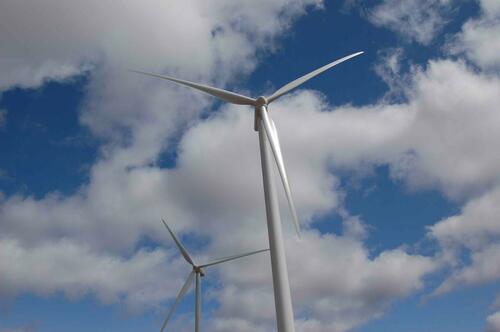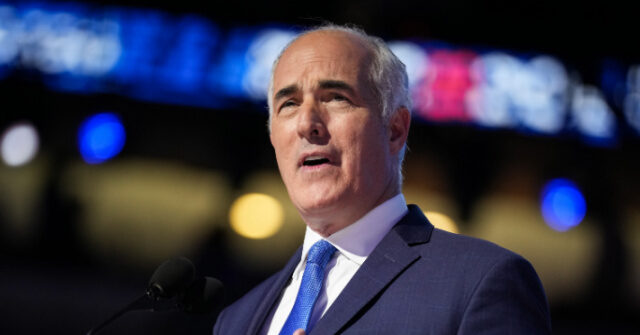
Amid the stunning revelation that Kamala Harris’ unsuccessful presidential campaign ended up $20 million in the red, despite raising $1 billion from donors, a new report has found that the rock concerts that her campaign staged on the night before the election — featuring Lady Gaga, Katy Perry, and others — collectively cost around that same amount, up to $20 million.
Now vendors and others who worked on those concerts, which were meant to persuade “low-propensity voters” to turn out for Harris, are reportedly facing the prospect of unpaid invoices.
Members of the defeated Harris team told The New York Post that the concerts had a ruinous effect on the campaign’s budget and that fact was no secret — with one planned performance by rocker Alanis Morissette getting canceled to save money.
In the end, the Kamala Harris campaign staged seven swing-state concerts on election eve, including performances by Jon Bon Jovi in Detroit, Christina Aguilera in Las Vegas, Katy Perry in Pittsburgh, and Lady Gaga in Philadelphia.
All of those swing states ended up in President-elect Donald Trump’s win column on Election Day.
While the pop stars reportedly waived their fees for Kamala, the campaign still had to pay for the staging, sound, security, and other costs associate with putting on a big rock concert.
Two unnamed sources told The Post that Obama campaign alumna Stephanie Cutter pushed the concert concept as a way to entice “lower-propensity voters” to the polls, with backing from fellow Obama alum David Plouffe.
Harris-Walz campaign chairwoman Jen O’Malley Dillon reportedly approved the concert plans, but is now distancing herself from the fiasco in response to mounting internal finger-pointing, claiming that she didn’t want to do them and sat on the idea for weeks, one source told The Post.
Another unnamed source said that if that was the case, then O’Malley Dillon’s indecision led to increased production costs because “putting [concerts] together last minute makes [them] cost twice as much.”
The role of campaign operations chief Dana Rosenzweig has also come into question since she oversaw the budget. “They said they were ‘spending to zero.’ I guess they overshot zero,” one source told The Post.
As Breitbart News reported earlier this week, Vice President Kamala Harris’s campaign fell $20 million in debt during the final week of her campaign, according to several sources.
The stunning revelation comes after the campaign raised more than $1 billion in donations, fueled by big Hollywood executives and stars, as well as the usual big Democrat donors, like the Soros family.
A Kamala campaign staffer confirmed to Breitbart News that Jen O’Malley Dillon “blew through a billion dollars in a few months.”
In addition to the election-eve concerts, the campaign held celebrity events with Lizzo, Eminem, and others — which were reportedly “all Jen’s idea,” the campaign staffer explained.
“Jen blew through a billion dollars in a few months, and it was all Jen’s idea to do all the concerts,” the campaign staffer said.
It remains unclear how much the Megan Thee Stallion concert in Atlanta cost the campaign back in July. It was the campaign’s first concert-rally hybrid event, which prompted widespread criticism that Kamala Harris had to rely on rock stars to gin up attendance at her rallies.
Follow David Ng on Twitter @HeyItsDavidNg. Have a tip? Contact me at dng@breitbart.com.
Originally Posted At www.breitbart.com






